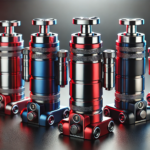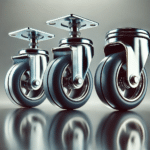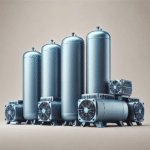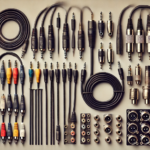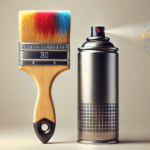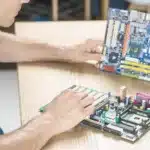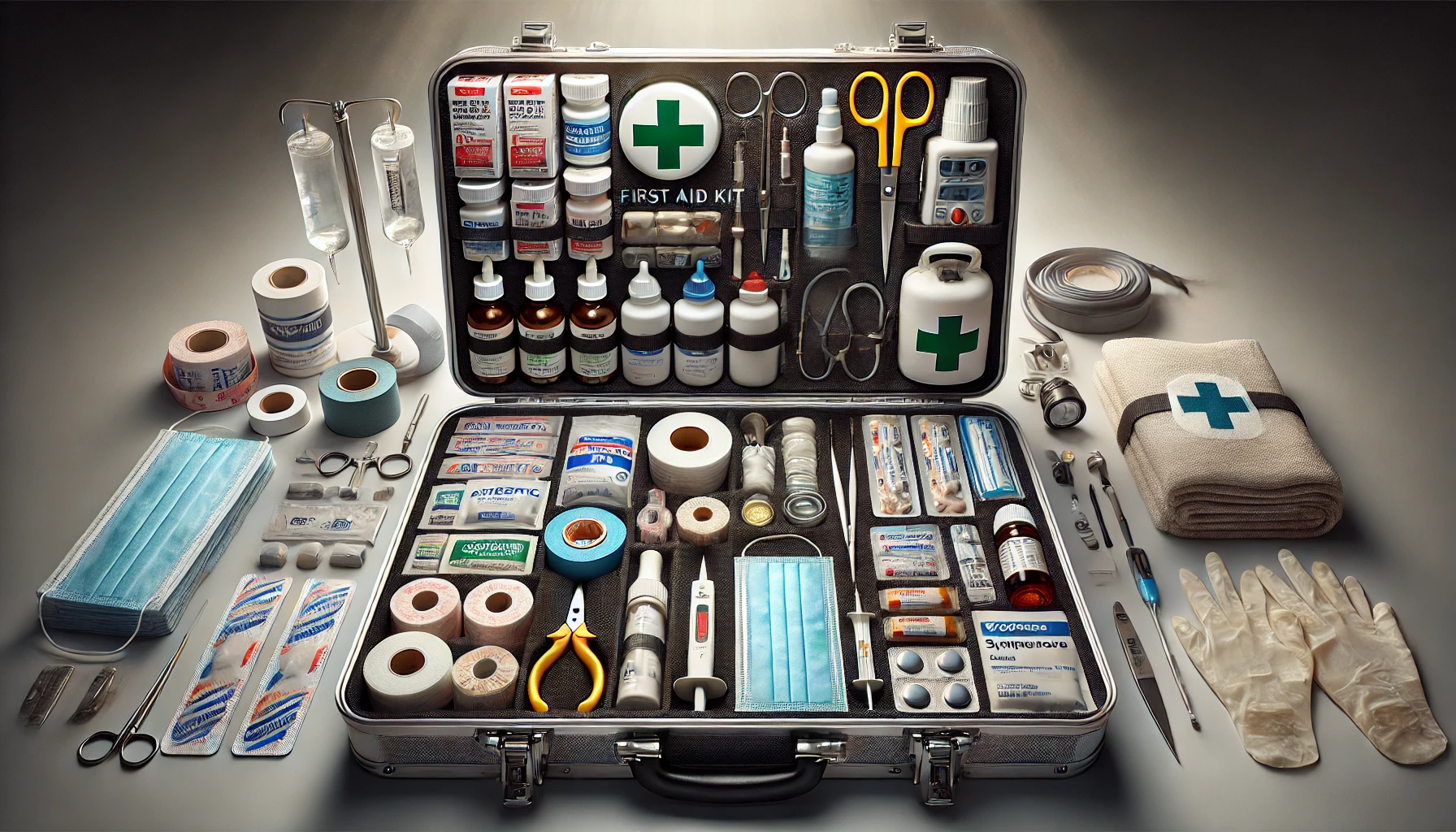
Introduction
Due to life’s unpredictable nature, emergencies can arise at any moment, often without warning. Whether it’s a minor cut or a major accident, being prepared with a well-stocked first aid kit can significantly change the outcome. An emergency first aid box is a vital first-aid tool that provides immediate assistance until professional medical help arrives. This article explores the lifesaving benefits of first aid kits in emergencies and highlights their types and why they are indispensable in various environments.
What is a First Aid Kit? Definition, Purpose, and Essential Components
First aid kits refer to a collection of essential medical supplies, tools, and equipment designed to treat common injuries and illnesses. They serve as portable medical stations, offering essential tools and materials to address emergencies effectively. The primary purpose of a first-aid kit is to stabilise the condition of the injured person until professional medical help is reached. A first aid box can address various minor and severe injuries, including cuts, burns, sprains, and more serious conditions. They come in various sizes and configurations, making them adaptable to different needs and environments.
While the specific contents of a first-aid kit may vary depending on the intended use and environment, it should include the following items:
- Medications: Pain relievers (e.g., ibuprofen, acetaminophen), antihistamines, burn creams, ointments, antacids, and any prescribed medications.
- Wound Care Supplies: Bandages, gauze, adhesive tapes, sterile wipes, scissors, tweezers, and a thermometer.
- Emergency Supplies: A flashlight, batteries, a whistle, and a blanket.
- First Aid Instructions: A basic first aid manual or reference guide.
Most Common Types of First Aid Kits Explained: Stay Safe Anywhere
First aid kits are classified into various types tailored to suit different environments and purposes. The main types include:
- Home First Aid Kits – These kits are designed for everyday injuries and illnesses within the household. They are generally stocked with common household injuries like cuts, burns, and sprains.
- Car First-Aid Kits – Vehicle first-aid kits are compact kits that are crucial for handling roadside emergencies.
- Workplace First Aid Kits – As the name indicates, workplace kits are designed to handle emergencies or injuries common in specific work environments. They are larger kits that meet OSHA standards and are tailored for job-related injuries in workplaces such as construction or offices.
- Travel First-Aid Kits – Travel kits are designed to ensure safety on the go. They are portable kits that treat injuries that occur while travelling and are ideal for vacations, outdoor adventures, and long journeys.
- Sports First Aid Kits – These kits are equipped to handle injuries commonly associated with physical activities, such as sprains, fractures, and abrasions.
- Specialised First-Aid Kits – These are specialty kits designed for specific activities like hiking, sports, or camping. They often include additional items like insect repellent and splints.
Why First-Aid Kits are Crucial in Emergencies? A Brief Look at Their Importance
First aid kits serve as a first-line defense in emergencies by providing immediate care. They can stabilise an injury before professional medical help arrives. This quick response can reduce the severity of an injury, prevent complications, and sometimes be the difference between life and death. Having a first-aid kit readily available allows immediate action. Which is the key to successful outcomes in emergencies such as accidents, sudden illnesses, and natural disasters.
The Psychological Benefits of Having a First Aid Kit
Beyond physical care, having a first aid kit can also provide significant psychological benefits. The mere presence of a prepared kit can reduce panic during stressful situations and boost confidence. A well-stocked kit can also help individuals remain calm and focused on providing immediate assistance. Knowing that you have the necessary tools readily available can reduce anxiety and foster a sense of responsibility and empowerment in safety and well-being.
Assembling a First Aid Kit: Smart Preparation Made Easy
By carefully selecting essential supplies and organising them in a convenient box, you can be prepared to handle minor injuries and illnesses efficiently. When assembling a first aid kit, consider the specific needs of your household or workplace. Factors such as the number of people, location, and potential hazards should be taken into account. It’s also essential to ensure that the kit is easily accessible, regularly checked for expiration dates, and replenished as needed.
Training and Education: Maximising the Use of First Aid Kits
Holding a first aid kit is only half the battle; knowing how to use it is equally important. To ensure effective use of first aid kits in emergencies, it is crucial to prioritise training and education. Basic first aid training can empower individuals to master the necessary knowledge and skills to assess injuries, administer appropriate treatments, and prevent further complications. Many organisations offer courses, including online resources, that provide step-by-step guidance on administering first aid, potentially saving lives.
Final Thoughts: A Small Investment with Life-saving Potential
A well-equipped first aid kit is an invaluable asset in any emergency. The life-saving essentials are indispensable in managing emergencies, from minor injuries to severe medical situations. By providing immediate care, they can reduce the severity of injuries, prevent infections, and save lives. Remember to regularly maintain your first aid kit and educate yourself in basic first aid techniques to ensure you’re ready to respond when the unexpected happens.






